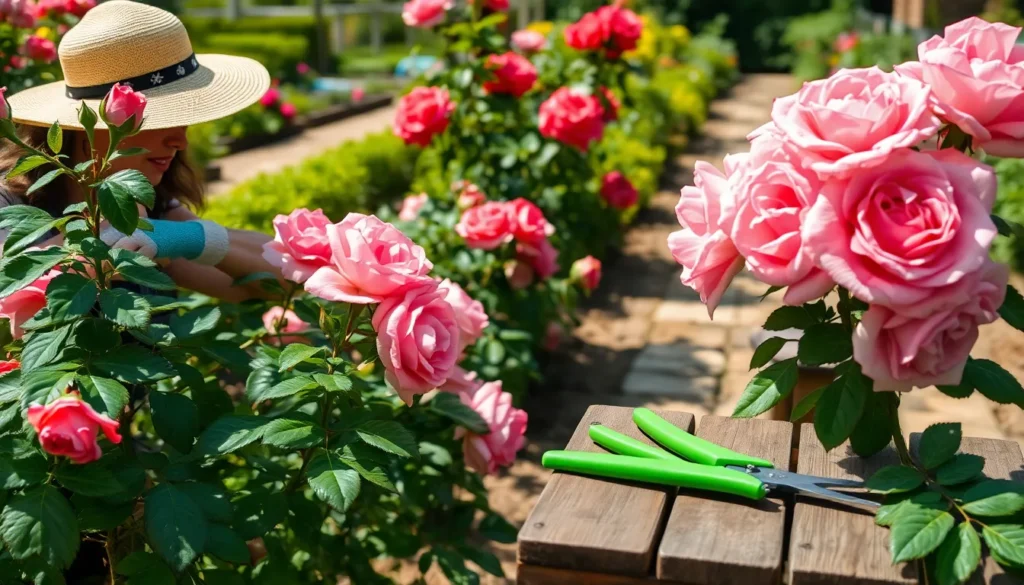Pruning is one of the most transformative practices you can undertake in your garden, whether you’re just starting your horticultural journey or have a seasoned green thumb. By mastering the art of pruning, you not only enhance the beauty and health of your plants but also unlock their full potential for growth and productivity.
For beginners, pruning may seem daunting, but it’s truly a skill worth cultivating. This guide will demystify the process, offering step-by-step insights to ensure your garden thrives with vitality and vigor. Experienced gardeners will also find value in refining their techniques, as we explore advanced tips and tricks that promote optimal plant structure and robust blooms.
In this article, you’ll learn when and how to prune a variety of plants, from fruit trees to flowering shrubs, ensuring each cut contributes to a lush, flourishing garden. We will delve into the different tools you might need and explain how timing and technique can transform your gardening routine. Whether you’re pruning to shape, remove deadwood, or encourage new growth, our practical advice will empower you to achieve stunning results.
Assess Plant Health and Needs

To effectively prune your garden for better growth, start by assessing the health and needs of each plant. Examine leaves for signs of disease such as spots or discoloration, as these can impact a plant’s ability to thrive.
Healthy plants typically have vibrant, firm leaves and sturdy stems. If you notice wilting, this could indicate an issue with watering or nutrient deficiencies, requiring immediate attention.
Consider the specific growing conditions each plant requires, such as sunlight exposure and soil type. Plants like roses thrive in well-drained, slightly acidic soil, while others, like ferns, prefer shaded, moist environments.
For advanced gardeners, understanding the subtle differences in plant needs can make a significant impact. Use a soil pH tester to ensure your soil conditions match the needs of your plants, as incorrect pH levels can hinder growth.
Select Appropriate Pruning Tools
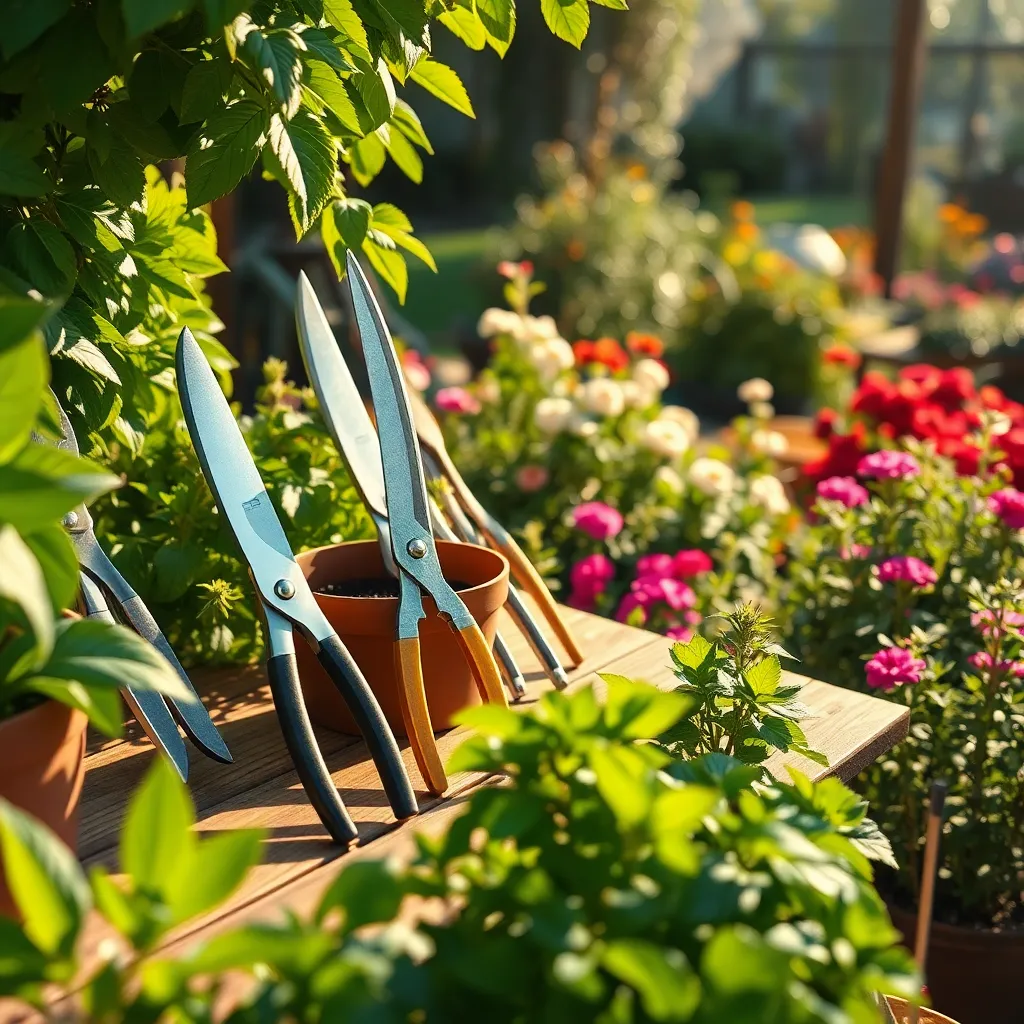
Choosing the right pruning tools is essential to ensure clean cuts and promote healthy plant growth. Start with a basic pair of bypass pruners for small branches, as they provide a clean cut that heals quickly.
For larger branches, consider using loppers, which offer more leverage and can cut through thicker wood. Opt for a quality pair with extendable handles for those harder-to-reach areas, ensuring you can prune efficiently without straining yourself.
Gardeners should also invest in a pruning saw, which is ideal for branches too thick for loppers. Look for a folding or curved saw that provides precision and ease of use, especially for more intricate cuts.
It’s important to regularly maintain your tools to keep them in top condition. Sharpen blades and clean them after each use to prevent the spread of disease and ensure smooth cutting for your next pruning session.
Remove Dead or Diseased Branches
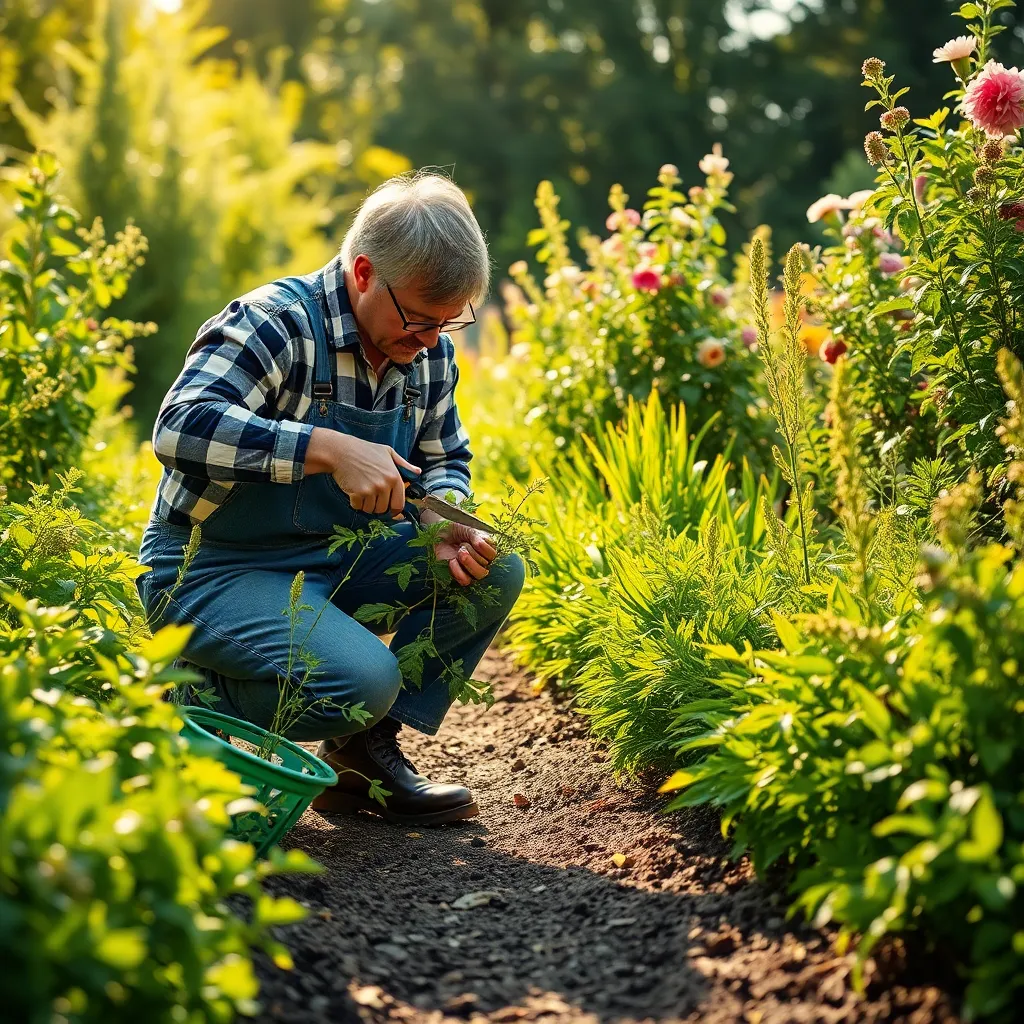
When pruning your garden, removing dead or diseased branches is crucial for plant health and vitality. These branches can harbor pests or diseases that may spread to healthy parts of the plant, so it’s essential to act promptly.
Begin by identifying branches that are clearly dead, which will usually appear brittle and brown. Use sharp, clean pruning tools to make a clean cut close to the main stem, avoiding damage to healthy tissue.
For branches affected by disease, cut back to a healthy section, ensuring you remove all affected parts. It’s vital to sterilize your pruning tools between cuts to prevent the spread of disease, using a solution of one part bleach to nine parts water.
Regularly inspect your plants, especially after storms or heavy winds, as these conditions can cause damage that might not be immediately visible. By staying vigilant, you’ll keep your plants healthier and encourage more robust growth.
Trim Overgrown or Crossing Stems
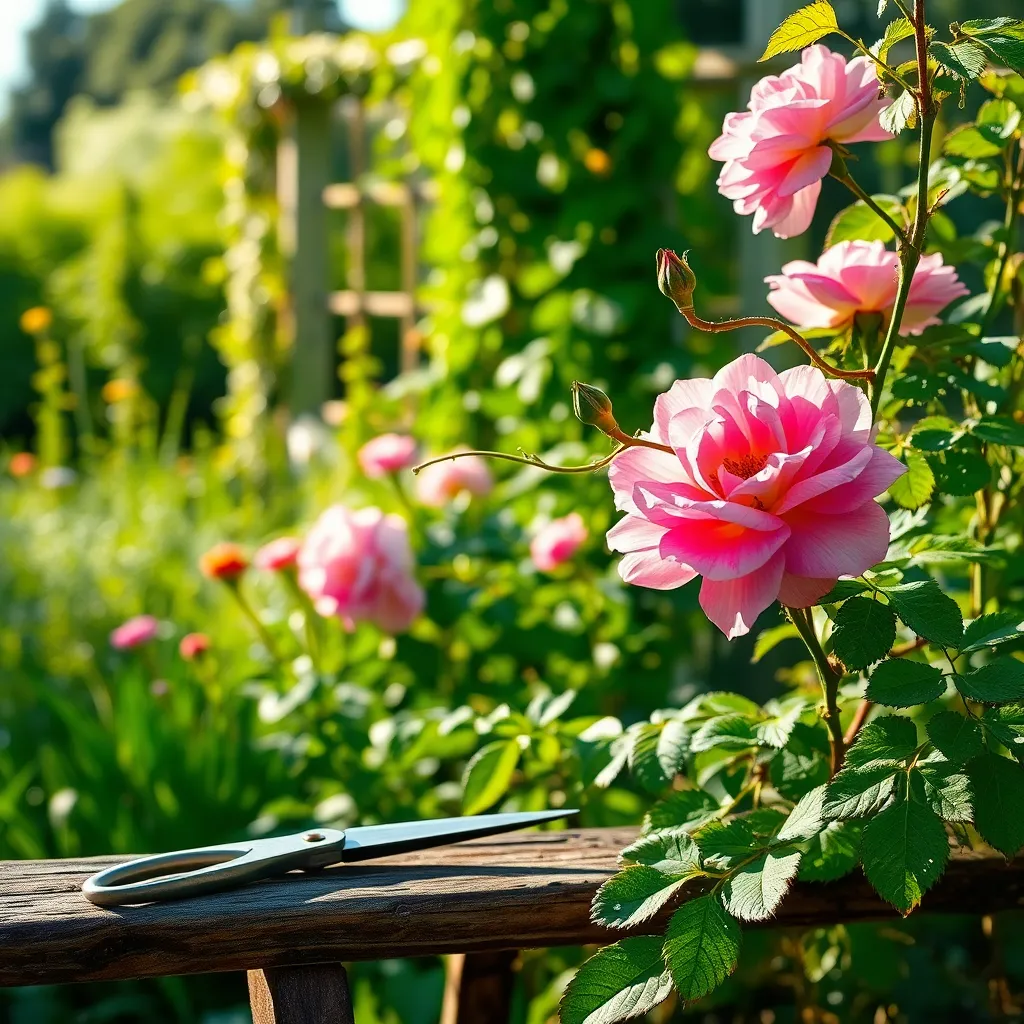
When tackling overgrown or crossing stems, it’s important to approach the task with a strategic mindset. Begin by identifying stems that are rubbing against each other, as these can cause damage and invite disease.
Use sharp, clean pruning shears to make precise cuts, which helps minimize stress to the plant. Always cut just above a healthy bud, angling the cut slightly to allow water to run off and prevent rot.
For beginners, focus on cutting back stems that are growing inward toward the plant’s center, as these can block light and air circulation. More advanced gardeners can also consider the overall shape of the plant, aiming for a balanced and aesthetically pleasing form.
It’s crucial to remember that different plants have varying pruning needs, so research your specific plant type. For instance, roses benefit from more aggressive pruning, whereas hydrangeas may require a lighter touch to maintain their blooms.
Regular pruning not only prevents overcrowding but also encourages vigorous growth and flowering. By following these techniques, you’ll promote healthier plants and a more beautiful garden landscape.
Shape Plants for Optimal Growth
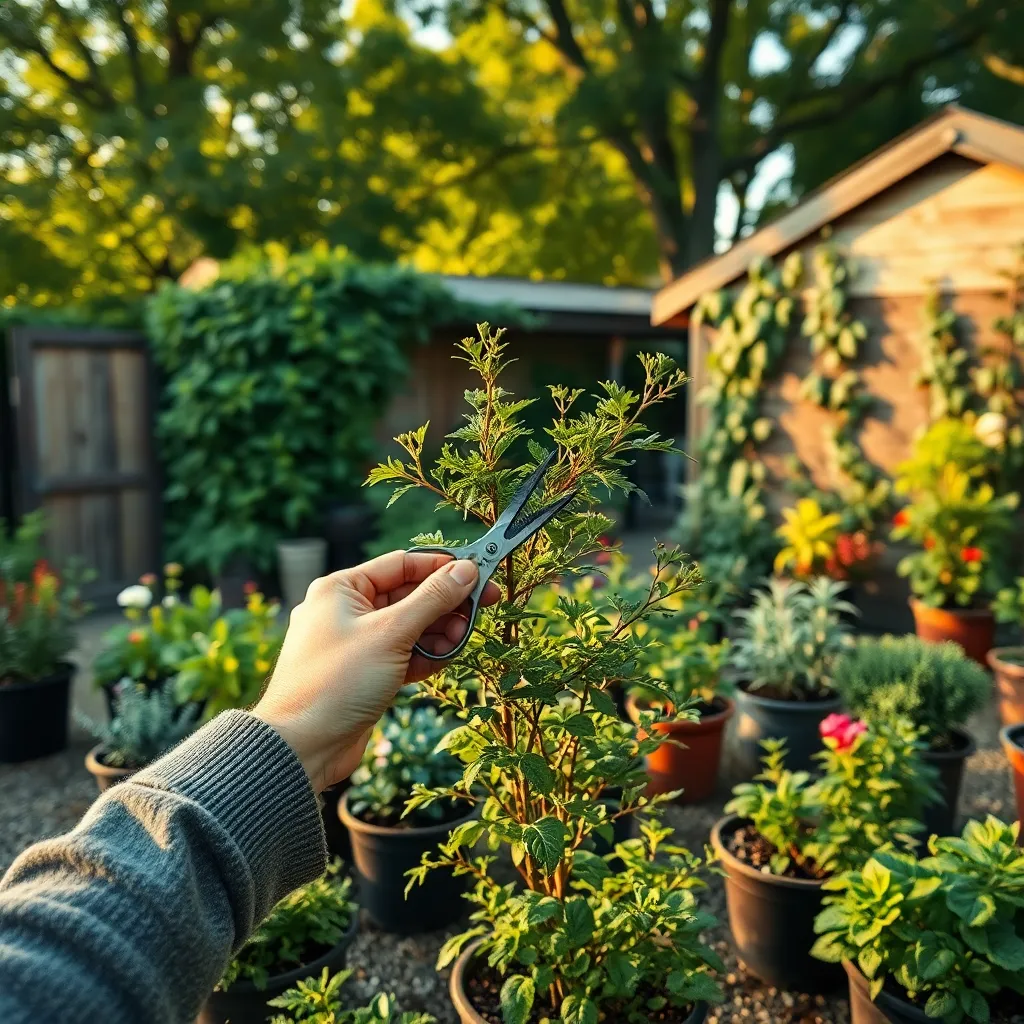
Shaping your plants for optimal growth begins with understanding their natural form and growth habits. Observing how your plant naturally grows will help you make informed decisions about where to prune, ensuring the plant remains healthy and visually appealing.
Regularly pruning your plants encourages a fuller, more robust appearance. By selectively removing certain branches, you can direct energy to the parts of the plant that need it most, such as fruiting branches or new growth tips.
For beginners, it’s important to use clean, sharp tools to make precise cuts, reducing the risk of disease. Pruning shears are ideal for small branches, while a saw may be needed for larger, woody stems.
Advanced gardeners can experiment with techniques like espalier or topiary to train plants into specific shapes. These methods require patience and practice but can transform your garden into a stunning display of horticultural art.
When shaping plants, consider their specific growing conditions, such as light and soil preferences. For instance, hydrangeas thrive in well-drained soil and partial shade, and pruning them after flowering will promote a healthy structure for the following year.
Ultimately, shaping your plants is not just about aesthetics; it also involves ensuring that air circulates freely through the foliage. This practice helps prevent diseases and improves overall plant health, making your garden both beautiful and vibrant.
Conclusion: Growing Success with These Plants
As we wrap up our exploration of “How to Prune Your Garden for Better Growth,” let’s revisit the key relationship concepts that can cultivate a flourishing connection. First, we’ve learned the significance of clear communication, ensuring both partners feel heard and understood. Second, we discussed the importance of setting boundaries, which safeguard personal and relationship growth. Third, nurturing trust acts as the soil in which love can deeply root itself. Fourth, embracing change keeps the relationship dynamic and resilient. Lastly, prioritizing quality time strengthens the bond and fosters intimacy.
Now, it’s time for action. Choose one concept that resonates with you and discuss it with your partner today. This small step can lead to significant transformation. Remember, relationships thrive through ongoing care and attention.
Consider bookmarking this article for future reference. As you navigate the path of love, having these insights at your fingertips will be invaluable. Looking ahead, with dedication and mindful effort, your relationship can blossom into a beautiful, enduring garden. Take these seeds of wisdom, plant them with intention, and watch your connection grow stronger and more vibrant each day.

